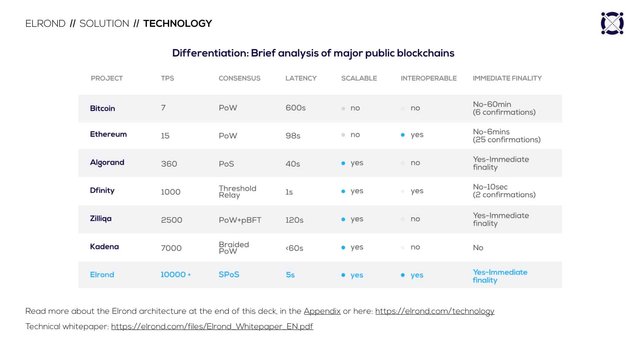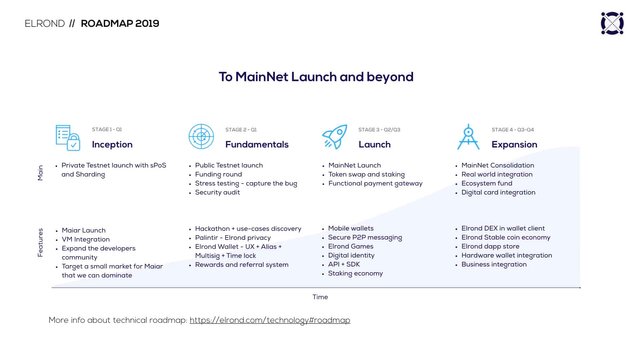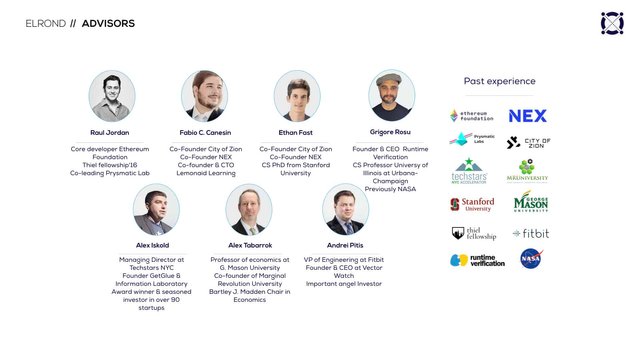Elrond — PoS, pBFT and sharding

Elrond Network is the world's first high bandwidth blockchain platform, an adaptive state of segmentation and secure proof of stakes.
Sharding is a scaling method based on traditional database optimization concepts. Also known as horizontal splitting, sharding divides data into several parts, placed in different processing environments. That is, the entire array of information is divided into pieces and distributed among different servers.
Sharding means not only the separation of large data arrays, but also the split processing of transactions, and not like now, when a separate node is in fact processed by a separate transaction. Sharding technology, according to the idea, allows you to distribute the processing of a transaction across several nodes and thereby speed up their speed of passage.
To eliminate the risk of attack, while retaining the ability to preserve the integrity of information in the input and output, the question arises of creating a consensus that would be resistant to attack attempts, could distribute all transactions and conditions across different shards and at the same time ensure the trustworthiness of devices on the network so that the nodes could come to the concession.
Elrond uses a mixture of consensus PoS and pBFT - in general it is similar to Algorand, except that in addition to penalties and the weight of the vote in relation to the steamed depot, a rating is applied. Noda plays by the rules - the rating is growing. Noda is trying to push something in opposition to the general opinion - the rating drops. The next important point for which everything was started was sharding. If in Algorande it takes about 12 seconds to select a consensus group, since the whole heavy and unwieldy blockchain is involved there, many participants participate and information is distributed throughout the network, then Elrond has its own concession group in each shard achieving concession occurs within it. And so, in general, it takes 4 seconds to set up a group and achieve a concess. Moreover, for greater safety and fault tolerance, validators migrate from shard to shard, moving into a buffer zone - a pool of validators, from which they are assigned to shards in a random order. The nodes themselves in shards can also be shuffled. Due to these shuffles, the letter S has been added to the name of its SPoS - Security PoS console.
After reaching the concession, when 2/3 + 1 signatures from members of the consensual group are reached, the block is approved, a aggregated signature is put into it and it is distributed throughout the shard. And its title is sent to metachain for commit. From the metachain, the remaining shards receive information about the state of each other.
Further, in Elrond, the dynamic expansion of the network - the emergence of new shards is possible only when reaching 400 nodes. That is, if less than 800 nodes - 2 shard does not work. And if the node becomes more than 1200 - 3 shards are automatically obtained.
Elrond Competitors

Elrond Roadmap

Elrond Team

Elrond Advisors

ICO has not been announced. Presale only
Ticker: ERD
Token type: ERC20
Fundraising Goal: 4,800,000 USD
Total Tokens: 20,000,000,000
Available for Token Sale: 40%
Website: https://elrond.com
Whitepaper: https://elrond.com/files/Elrond_Whitepaper_EN.pdf
Twitter: https://twitter.com/elrondnetwork
Telegram: https://t.me/ElrondNetwork